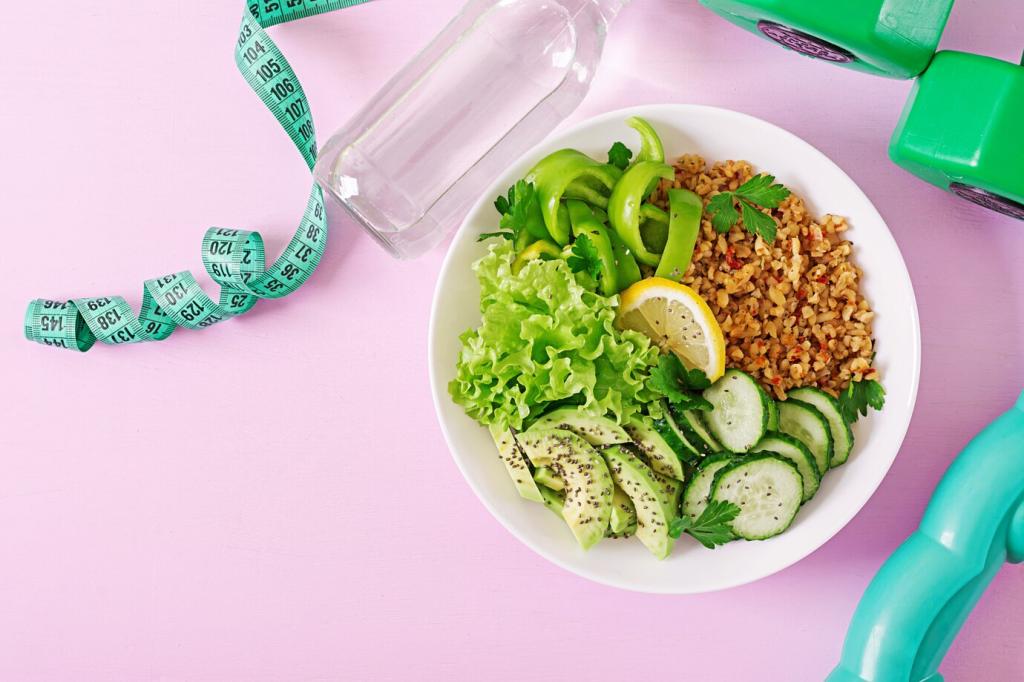Post-Workout Recovery: Seal the Gains
Consume twenty to forty grams of high-quality protein within two hours after training to maximize muscle protein synthesis. Whey, eggs, dairy, or lean meats offer the leucine needed to flip on recovery and keep soreness manageable.
Post-Workout Recovery: Seal the Gains
Pair carbs with protein post-workout to speed glycogen restoration, especially after intervals or high-volume lifting. Aim for moderate to high glycemic carbs if the next session is soon, and add sodium for better glucose and fluid uptake.








